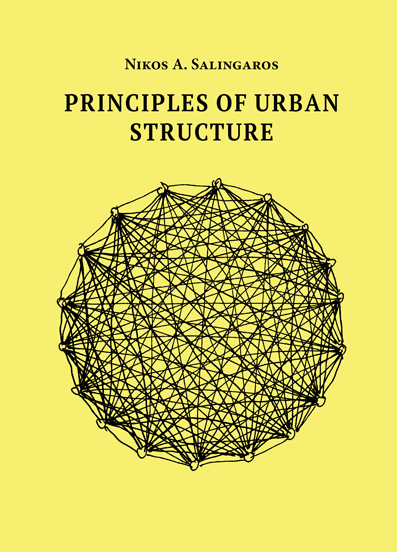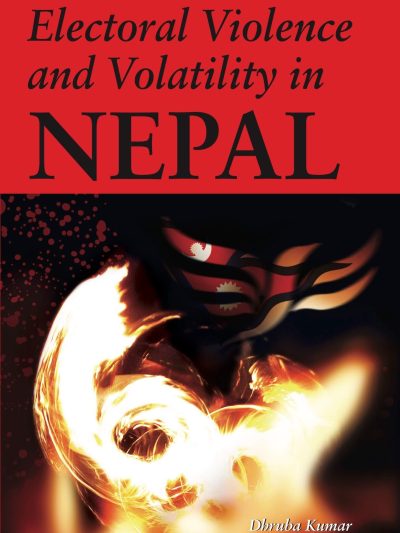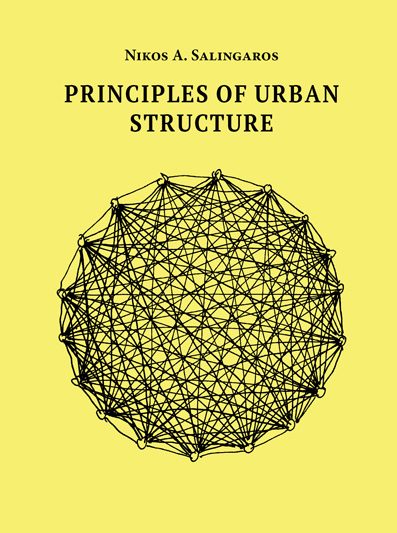Description
This book explains how cities actually work as networks. It addresses the needs of politicians, professional urbanists, teachers, and students who wish to understand how and why cities are successful or not, depending on their form, components, and substructure. Drawing upon science and mathematics, yet written in plain language, it serves as a guide and inspiration for planners to re-humanize our cities using “urban coherence”. Mainstream twentieth-century urbanism cannot cope with the changes in technology, culture, and science of the last decades. The heritage we are left with is an energy-wasteful, overly asphalted, and sterile concrete environment. A city needs to be understood instead as a complex interacting system. Different urban networks overlap to build up a living city?s dynamic complexity. This book pioneered new instruments of urban planning such as allometric scaling and power laws in city morphology, later taken up by other prominent researchers. It introduced the concepts of “fractal loading” and the brain-computer analogy. Mechanisms of emergence, information, self- organization, and adaptivity connect the fractal city on multiple levels. By showing how to relate and implement all these concepts in the city, this book contributes to the beginnings of a new urban science. “The articles selected for this book establish Nikos Salingaros as a modern networking thinker in urbanism (and architecture). Salingaros has asked the right question, that is: ‘how to integrate physical connection with electronic connections?’. He has made an important contribution to the urgent search for new instruments of urban planning and design, conceptually by showing how to connect the fractal city as well as by teaching us how to re-read time-honored classics, in particular, Christopher Alexander.” ? From the Prologue by Paul Drewe. Nikos A. Salingaros was selected by the UTNE Reader in 2008 as one of the “50 Visionaries who are Changing Your World”. Planetizen’s 2009 survey ranked him 11th among “The Top Urban Thinkers of All Time”.







Reviews
There are no reviews yet.